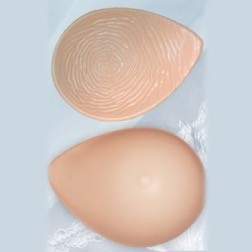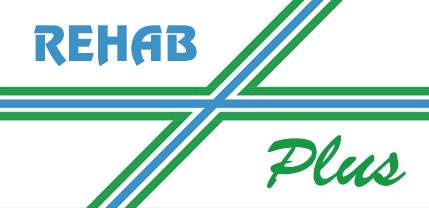Post Mastectomy Care: Comprehensive Guide to Healing and Recovery
Understanding Mastectomy
A mastectomy is a surgical procedure to remove one or both breasts, partially or completely, typically to treat or prevent breast cancer. The surgery can be life-saving, but it also presents physical and emotional challenges. Effective post-mastectomy care is essential for promoting healing, managing pain, and helping patients regain their quality of life.
Physical Recovery After Mastectomy
Immediate Post-Surgery Care
1. Hospital Stay:
- Patients usually stay in the hospital for 1-3 days post-surgery. During this time, medical staff will monitor vital signs, manage pain, and ensure there are no immediate complications.
2. Drain Care:
- Drains are often placed to prevent fluid accumulation in the surgical area. Proper care involves regular emptying and monitoring for signs of infection.
3. Wound Care:
- Incision sites should be kept clean and dry. Follow the surgeon’s instructions for dressing changes and hygiene to minimize infection risk.
Pain Management
- Medications:
- Pain relief medications, including opioids and non-opioid analgesics, are prescribed to manage postoperative pain. Follow the dosage instructions carefully.
- Cold Therapy:
- Applying cold packs can help reduce swelling and numb the surgical site, providing additional pain relief.
Mobility and Activity
- Early Movement:
- Gentle movement and walking are encouraged soon after surgery to prevent blood clots and promote circulation.
- Physical Therapy:
- Physical therapists can provide exercises to restore shoulder and arm mobility, reduce stiffness, and prevent lymphedema.
Emotional and Psychological Support
Emotional Impact
- Counseling:
- Psychological counseling can help patients cope with feelings of loss, anxiety, and depression. Support groups also provide a platform to share experiences and receive encouragement.
- Body Image:
- Adjusting to changes in body image can be challenging. Some women may choose reconstructive surgery or prosthetics, while others may need support to embrace their new appearance.
Support Networks
- Family and Friends:
- A strong support system is crucial. Open communication about needs and feelings with loved ones can provide emotional comfort.
- Support Groups:
- Joining groups, either in-person or online, can connect patients with others who understand their experiences and offer practical advice.



Long-Term Post-Mastectomy Care
Breast Reconstruction
- Timing and Options:
- Breast reconstruction can be done immediately after mastectomy or delayed until after other treatments. Options include implants or autologous tissue reconstruction (using tissue from another part of the body).
- Decision Making:
- Decisions should be made based on personal preferences, medical advice, and an understanding of the risks and benefits.
Prosthetics and Apparel
- Breast Prostheses:
- For those who opt not to have reconstruction, breast prostheses offer an alternative. These are custom-fitted and can be worn inside a special bra.
- Post-Mastectomy Bras:
- Designed for comfort and support, these bras accommodate prostheses and help patients feel more secure and confident.
Monitoring and Follow-Up
- Regular Check-Ups:
- Ongoing follow-up appointments are essential to monitor for any signs of recurrence and manage any long-term side effects.
- Self-Exams:
- Patients should continue to perform regular self-exams and report any changes to their healthcare provider.
Lifestyle Adjustments
Diet and Exercise
- Healthy Diet:
- A balanced diet rich in fruits, vegetables, lean proteins, and whole grains supports overall health and recovery.
- Exercise:
- Regular physical activity helps maintain a healthy weight, improve mood, and enhance physical strength and endurance.
Managing Side Effects
- Lymphedema:
- Swelling in the arm can occur if lymph nodes were removed. Managing lymphedema involves compression garments, exercises, and sometimes physical therapy.
- Fatigue:
- Post-surgery fatigue is common. Adequate rest, gentle exercise, and a healthy diet can help combat this.
Conclusion
Post-mastectomy care encompasses a range of physical and emotional support measures that are essential for recovery and well-being. Through proper wound care, pain management, emotional support, and lifestyle adjustments, patients can navigate the challenges of recovery and move towards a healthier, fulfilling life. Engaging with healthcare professionals, utilizing support systems, and adopting healthy habits are key components of successful post-mastectomy care.



